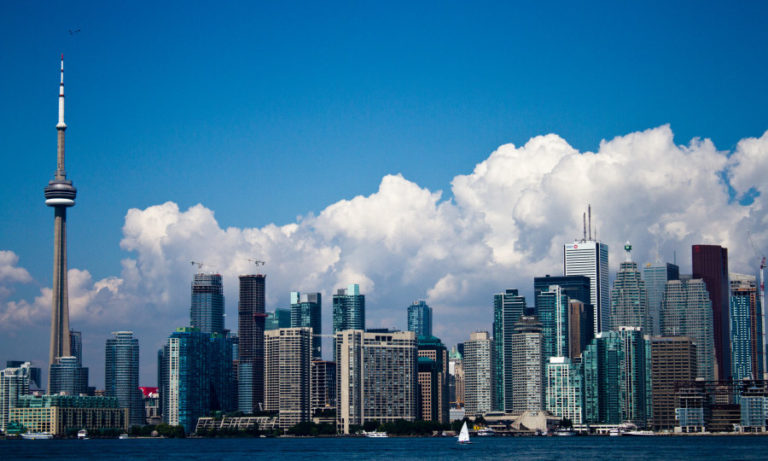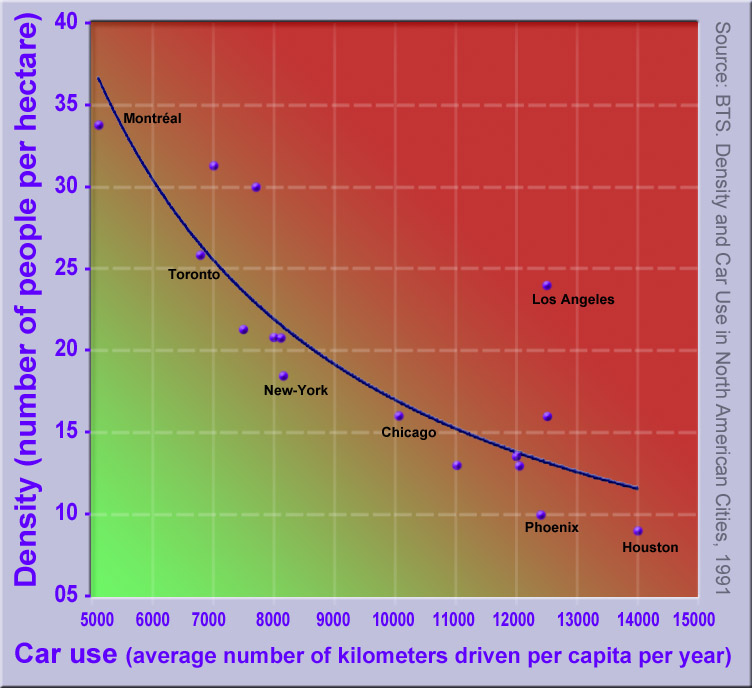The Case for Density: Urban Planning for the 21st Century
September 15, 2015

For the latter half of the 20th century, ‘sprawl’ was the buzzword amongst city planners. Broad construction of lowrise buildings and suburban developments lead to cities expanding horizontally. Although this kept skylines clear, it raised a number of concerns about city infrastructure, transit and greenspace preservation.
In recent decades there has been a return to urbanism marked by people flocking towards urban centres in droves. Since then, skyscrapers have proliferated in major urban centres across the world, and no artistic vision of future cities is replete without glittering towers soaring skyward.
It seems clear that the 21st century will be marked by further development within cities and an intensification of land in urban centres. So, what is the case for intensifying land use in these urban centres?
For starters, there are significant environmental benefits to denser, taller cities. An increase in housing within of cities, rather than on their outskirts, means that more people are able to walk, cycle or take public transit between work and home. This translates to fewer cars on the road and fewer GHGs released into the air.
Another significant environmental benefit is greater opportunity for the preservation of open and/or green spaces. Low-density constructions necessarily contribute to urban sprawl, as their footprint to housing ratio is considerably lower than high-rise constructions. In order to accommodate the same number of people, more low-density housing needs to be constructed. High-density projects, like Mirvish+Gehry, provide more usable space with a smaller ground level footprint.
Greater density can also exert a positive effect on public safety. Building large, mixed-use developments potentially leads to more people and traffic on streets throughout the day, which may serve as a criminal deterrent and help create safer environments.
Density can also be a tool for keeping housing prices low, especially in desirable areas. As more people flock to city centres looking to purchase housing, availability will be a critical aspect influencing price.
With Toronto’s growing population, projects like Mirvish+Gehry are architecturally stunning

contributions towards progressive urban development.
The buildings will create 1,950 units of housing with a modest footprint. Additionally, Mirvish+Gehry will have space for over 2000 bikes, anticipating that most residents will live and work downtown, having little need for a car.
Mirvish+Gehry is at the forefront of smart growth within Toronto and is certain to enhance the urban ecology of the King West neighbourhood through its dense, mixed-use and progressive design.
